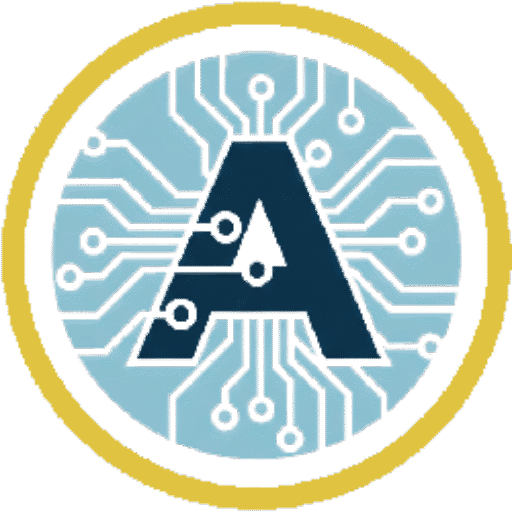Social media addiction has quietly become one of the defining behavioral challenges of the digital age. What starts as a simple way to connect can quickly spiral into excessive, compulsive use characterized by endless scrolling, anxiety when offline, and the neglect of real-life responsibilities and relationships. This behavioral dependence is a serious concern, linked to increased rates of loneliness, depression, and low self-esteem due to constant comparison to curated online lives. Recognizing the signs and implementing strategic changes is the first step toward regaining control. This article will define social media addiction and provide clear, actionable steps and practical strategies on how to break addiction to social media and foster a healthier digital life.
Understanding Problematic Social Media Use
While social media platforms are designed for connection, they leverage psychological mechanisms—like the dopamine reward system—to keep users engaged for as long as possible. The unpredictable bursts of affirmation from likes, comments, and notifications create an addictive loop similar to that seen in gambling.
Social media addiction is a behavioral addiction marked by an obsessive urge to use social platforms that significantly impairs other important life areas, such as work, school, or personal well-being. It goes beyond simply spending too much time online and may include:
- Salience: Constant preoccupation with social media, even when not actively using it.
- Mood Modification: Relying on social media to cope with negative emotions like stress, boredom, or loneliness.
- Withdrawal Symptoms: Feeling irritable, anxious, or restless when unable to access the platforms.
- Conflict: Experiencing problems in relationships or responsibilities due to overuse.
- Relapse: Quickly returning to excessive use after a period of abstinence.
Strategies and Steps: How to Break Addiction to Social Media
Successfully addressing problematic social media use requires a deliberate combination of environmental changes, psychological awareness, and the cultivation of replacement habits. The following numbered steps offer a structured plan on how to break addiction to social media and achieve a digital detox.

1. Measure and Confront Your Current Usage (Awareness)
You can’t change what you don’t measure. The first step is to establish an honest baseline of your screen time.
- Track Your Data: Use your phone’s built-in screen time features (like Digital Wellbeing or Screen Time) or third-party apps to track the exact number of hours and minutes you spend on each social media platform. Most people significantly underestimate their usage.
- Identify Triggers: Practice mindfulness by pausing before opening an app. Ask yourself: Am I bored? Am I stressed? Am I avoiding a real-life task? Understanding your emotional triggers is crucial for breaking the compulsive checking habit.
2. Introduce Environmental Friction (Control)
Social media platforms are designed for effortless access. Creating friction—making it harder to open the apps—is an extremely effective strategy to curb social media usage.
- Remove Apps: Delete social media applications from your phone. Force yourself to use them only via a desktop browser, which significantly reduces impulse usage.
- Turn Off Notifications: Disable all non-essential push notifications. These are designed to interrupt and pull you back in, hijacking your attention.
- Change to Grayscale: Switch your phone’s display to grayscale mode. The lack of vibrant colors makes the apps less visually stimulating and less rewarding for the brain’s visual processing centers.
3. Establish Digital Boundaries and Phone-Free Zones (Structure)
A successful strategy on how to break addiction to social media involves setting clear, non-negotiable rules for your devices.
- Designate Device-Free Areas: Make your bedroom a phone-free zone to protect your sleep quality. Do not bring your device to the dinner table.
- Implement Scheduled Access: Instead of sporadic, all-day checking, dedicate specific, time-limited communication windows (e.g., 15 minutes at noon and 15 minutes at 6 p.m.) for using social media. Use a physical timer.
- Use App Blockers: Utilize app timers or blocking software (like Freedom or Cold Turkey) to enforce the limits you set, making it impossible to access the apps during work or sleep hours.
4. Cultivate Real-World Connections and Alternative Activities (Replacement)
The time and energy freed up by reducing screen time must be filled with higher-value activities to prevent a relapse.
- Rediscover Hobbies: Re-engage with offline hobbies that provide a sense of fulfillment or mastery, such as reading, learning an instrument, physical exercise, or creative pursuits. These activities offer a deeper, more sustainable sense of accomplishment than virtual validation.
- Prioritize In-Person Interaction: Intentionally schedule time for face-to-face interactions with friends and family. Strengthening real-life relationships is the most powerful antidote to the loneliness and isolation that social media can exacerbate.
- Practice Solitude: Take short walks without your phone. Allowing yourself to experience boredom and process your thoughts without digital distraction is key to rebuilding your attention span and reducing dependency.
Long-Term Mindset: From Addiction to Intentional Use
Breaking a behavioral addiction is a process of changing deeply ingrained habits, and it requires commitment. The ultimate goal is not complete abstinence, but a shift toward intentional use. By mastering the steps on how to break addiction to social media, you transition from being a passive consumer of algorithmic content to an active architect of your digital life, ensuring that you control the technology, not the other way around.

